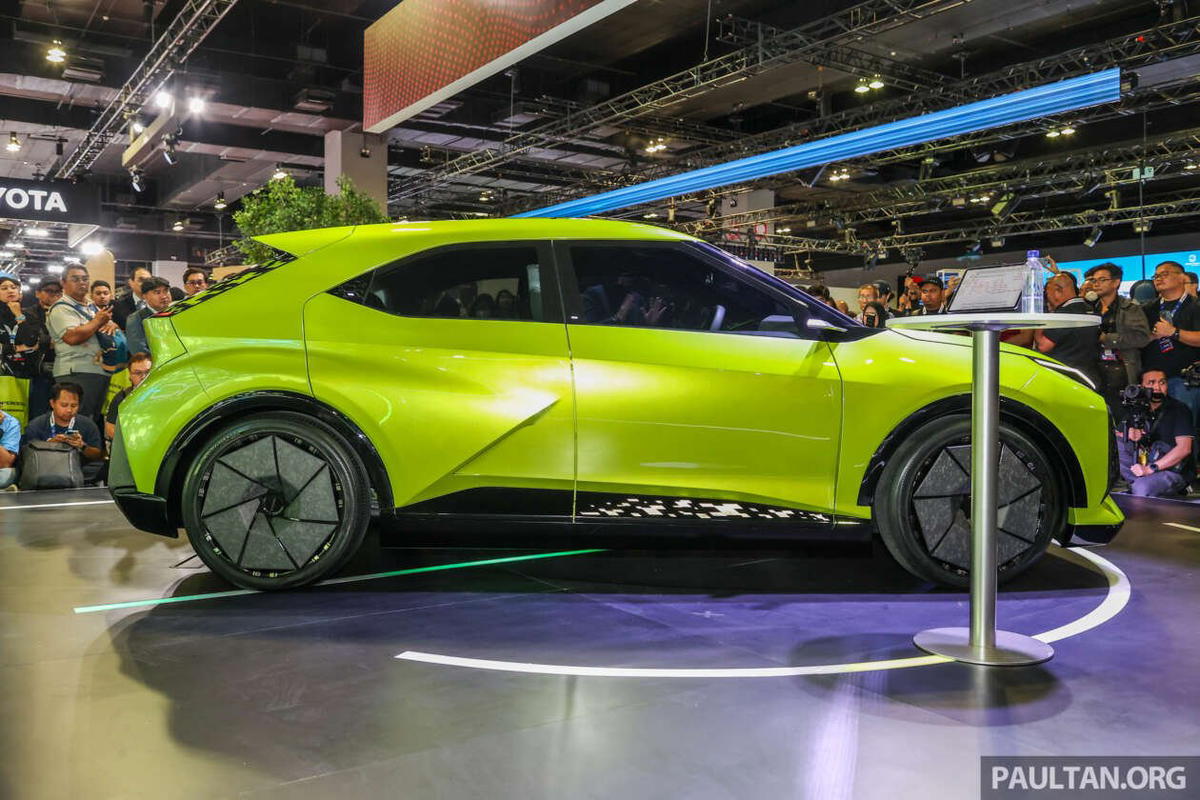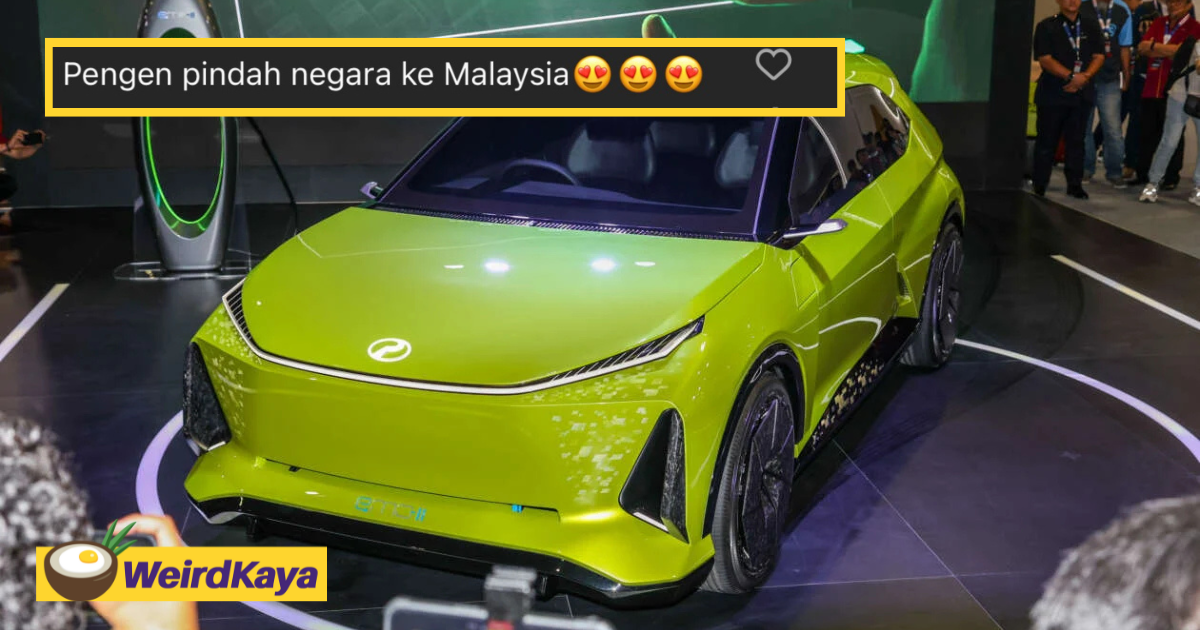When the Perodua eMO-II was unveiled at the 2024 Kuala Lumpur International Mobility Show (KLIMS), it caused quite a stir—especially in Indonesia.
Social media was filled with comments like “When will we have something like this?” and “Malaysia is moving forward, when will we?”
These reactions highlight the admiration—and perhaps a little envy—as Indonesia watches Malaysia take the lead in the electric vehicle (EV) market.
What’s the Big Deal About the eMO-II?

So, what’s all the fuss about? The eMO-II isn’t just a new electric car—it’s a game-changer. For starters, its price is a major highlight.
At under RM90,000, the eMO-II is one of the most affordable EVs in the market, making it an attractive option for Malaysians looking to go green without breaking the bank.
But it’s not just the price that’s making waves; the eMO-II also opens the door for potential exports to neighbouring countries like Indonesia, where interest in EVs is rising.
What Makes the eMO-II Stand Out?
Here are some of the standout features that are making the eMO-II such a buzzworthy car:
- Affordable Price
At under RM90,000, the eMO-II is one of the most budget-friendly EVs available, making it accessible for more Malaysians. - Impressive Range
Equipped with a 50kWh LFP battery, the eMO-II can travel up to 400km on a full charge—perfect for both city commutes and longer trips. - Fast Charging
Need a quick boost? The eMO-II can charge from 30% to 80% in just 30 minutes using a DC fast charger, so you can get back on the road in no time. - Quick Acceleration
This car isn’t just about being eco-friendly. With a 0 to 100km/h acceleration time of under 7 seconds, the eMO-II offers an exciting drive for those who enjoy a bit of speed. - Sleek Design
With a futuristic look that stands apart from other Perodua models, the eMO-II is as stylish as it is functional.
A Regional Stir: Indonesia’s Reaction
The eMO-II isn’t just a big deal in Malaysia. The buzz around it has sparked conversations across the border in Indonesia.
Many Indonesians are commenting on how Malaysia seems to be ahead of the curve with their national EV project, while their own national car, the Esemka, has yet to make a significant impact.
These comments reflect both admiration for Malaysia’s progress and a desire to catch up.


Some netizens even joked, saying, “Pengen pindah negara ke Malaysia” (I want to move to Malaysia) and “Ketinggalan terus kita ni” (We’re getting left behind).

Others chimed in with “Keren Malaysia” (Cool Malaysia), showing their appreciation for the country’s progress in the EV market.
A Symbol of Progress for Malaysia
For Malaysians, the eMO-II is a symbol of the country’s growing presence in the tech and automotive industries.
With Perodua aiming to produce 500 units per month in the early stages and a full launch scheduled for 2025, the eMO-II could not only help Malaysians make the switch to affordable, eco-friendly driving but also position Malaysia as a key player in Southeast Asia’s EV market.
With its combination of affordability, impressive features, and the regional buzz it’s generating, the Perodua eMO-II is much more than just a new car.
It’s a sign that Malaysia is taking the lead in the future of transportation, while its neighbours, like Indonesia, eagerly watch and wait for their turn.



